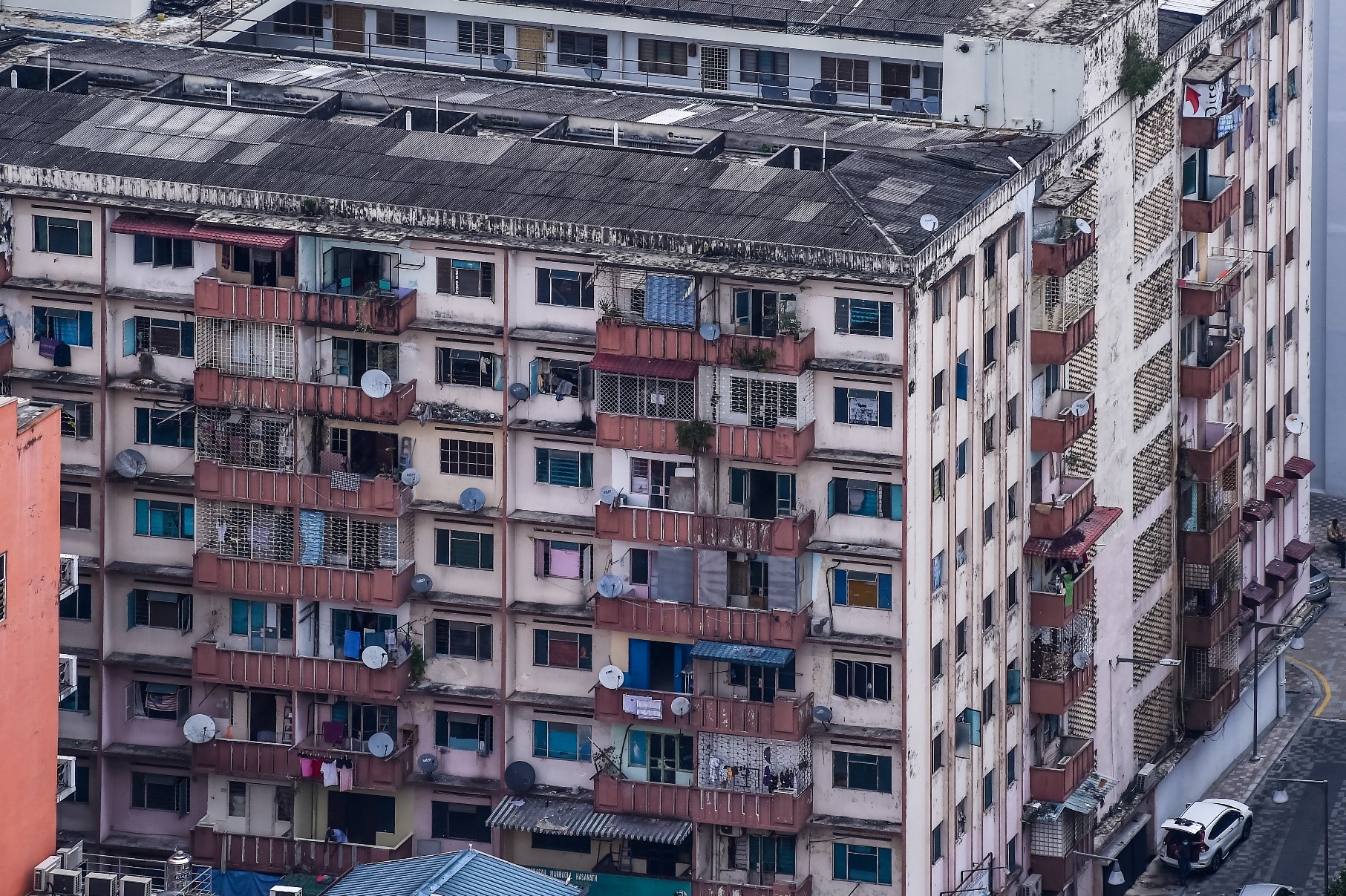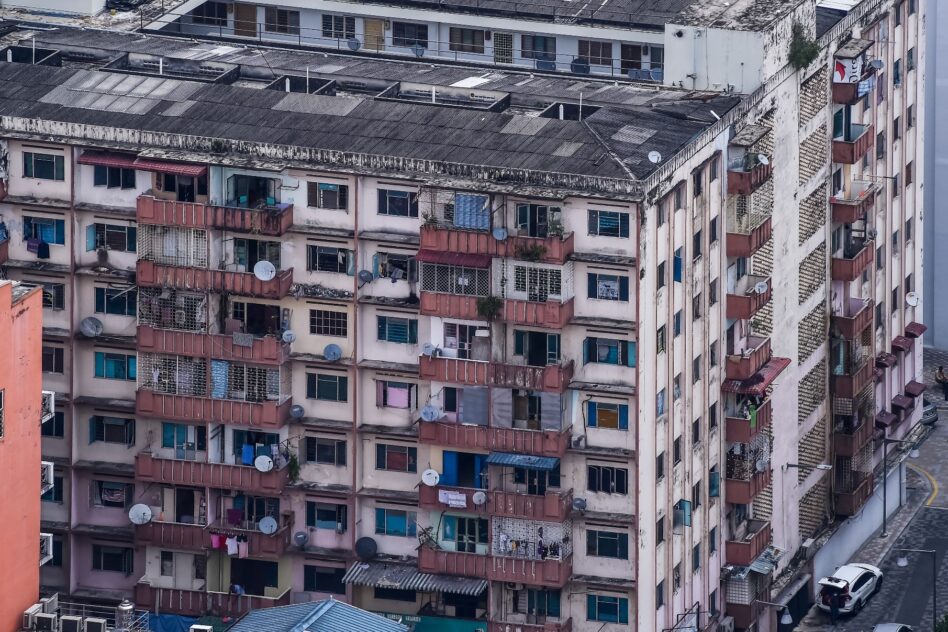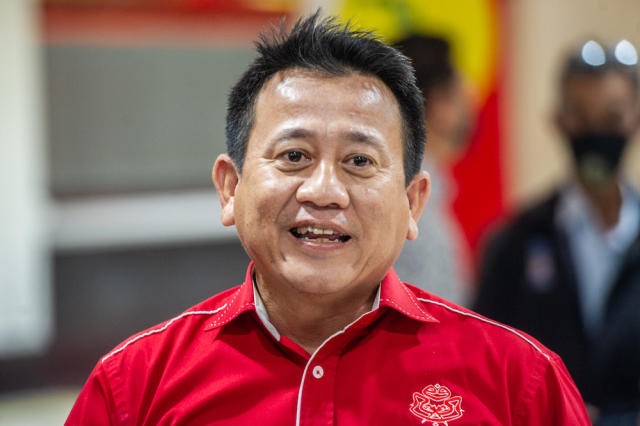Letter to Editor
IT IS true what they say, housing is a human right. The social media is replete with cases of homeless people. It is a global crisis.
Even developed economies are not spared. Affordable housing is not just about providing shelter. It is about restoring dignity, nurturing communities, and offering people a fair shot at a better life.
It has long been a cornerstone issue for urban poverty alleviation in Malaysia. The Program Perumahan Rakyat (PPR) was created with noble intentions, which were to house the urban poor and ensure that no one is left behind in the country’s march towards progress.
Yet, after decades, it is clear that the system needs more than just incremental tweaks. It requires a bold reimagination.
Today, policies for affordable housing in Malaysia are mainly focused on direct provision of social housing, where the government takes on the role of building and/or owning the bulk of housing units, subsidised housing (such as PR1MA) and subsidised financing schemes.
There are also supportive regulatory measures such as inclusionary zoning, where local authorities issue development approvals conditional on having a segment of the proposed development be set aside for the building of affordable homes.
As introduced in the 11th Malaysia Plan, It is useful to categorise affordable housing measures by their intended target market i.e. measures for households in the bottom 40% by income or the B40 and measures for the middle 40% of households by income or the M40.
In terms of relative need, B40 households are especially vulnerable to the challenge of affording a roof over their heads and many schemes are geared more towards rental rather, though purchase schemes are also selectively offered.
Across Malaysia, many PPR flats tell a troubling story. Broken lifts, poorly maintained corridors, clogged sewage systems, and unsafe communal areas have become all too common.
These are not just technical failures but reflect a deeper issue of how society perceives and treats its most vulnerable citizens. More worrying is the social stigma attached to PPR addresses.
Residents of these flats often find themselves socially and economically segregated from the city’s mainstream.
Job opportunities, quality education, healthcare, and safe recreational spaces remain largely out of reach.
The result is a vicious cycle of poverty and exclusion that no number of new housing blocks alone can solve.
The good news is that Malaysia has the opportunity to fix this, if we are willing to be bold. Firstly, we must move beyond isolated housing projects to integrated, mixed-income communities.
The idea is simple. When affordable units are built alongside market-rate homes, schools, shops, and parks, everyone benefits. Social divides narrow, stigma fades, and opportunities grow.
Secondly, it’s time to involve future residents in the design and management of their homes. Who better to tell us what works in a community than the people who will live there?
Participatory planning and resident management committees can empower communities and foster a sense of ownership.
We must also see social housing as more than just a roof over one’s head. Urban farming plots, community workshops, vocational training centres, and local entrepreneurship hubs should be part of every PPR estate.
Housing should be a platform for social mobility, not a dead end. Equally important is consolidating the maze of overlapping authorities that govern housing in Malaysia.
A single, well-resourced urban housing council could coordinate policies, leverage data for smarter planning, and hold stakeholders accountable.
Lastly, sustainability must be at the heart of the next generation of affordable housing.
Energy-efficient designs, rooftop solar panels, rainwater harvesting systems, and green communal spaces are not luxuries. They are investments that lower costs for the poor and contribute to national climate goals.
This is a moral imperative. How we house the most vulnerable among us says a great deal about the values we uphold as a society.
As Malaysia aims to become a high-income, inclusive nation, reimagining social housing is not a side issue. It is a central test of our social conscience and policy maturity.
The time for cosmetic fixes is over. We must be brave enough to rethink, rebuild, and reinvest in our urban poor. Only then can we build cities that truly leave no one behind.
Reimagining social housing in Malaysia is not just about erecting more concrete blocks. It’s about crafting urban spaces that restore dignity, enable upward mobility, and break cycles of poverty.
Those house designers out there must come forward to offer designs and concepts. This is what nation-building is all about.
As Malaysia aspires to become a high-income and inclusive nation, affordable housing must be seen as an investment in human capital and social cohesion, not merely a social welfare cost. —July 6, 2025
Professor Dato Dr Ahmad Ibrahim is an associate fellow at the Ungku Aziz Centre for Development Studies, Universiti Malaya.
The views expressed are solely of the author and do not necessarily reflect those of Focus Malaysia.
Main image: Khazanah Research









